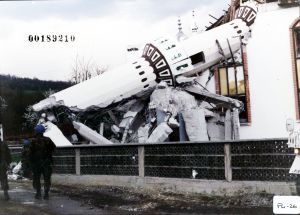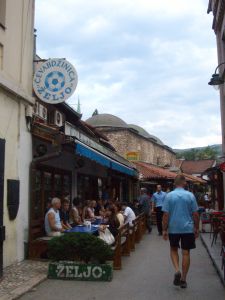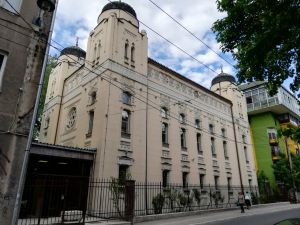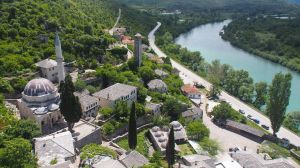Ahmici (also known as Ahmici)
Ahmici (also known as Ahmici)
If you want to visit all the points on the Sarajevo-Travnik itinerary, you must leave no later than 08:00 in the morning. You have to leave at 12:00. If you want, you can have breakfast in a place before you leave, or if you want, you can have a package made in a bakery (Pekara) or a bakery (Buregdzinica) and have a snack during the journey. The first stop on the Sarajevo-Travnik itinerary is the village of Ahmići, which bears the traces of the 1992 war in Bosnia and Herzegovina. On April 16, 1993, a major massacre was carried out by Croatian special forces in the village of Ahmići, where Croats and Bosniaks lived together with about half the population before the war. Croats who were informed before the massacre either leave the village or help and shelter the troops. A total of 116 civilians, 43 women and children, are slaughtered by troops entering the village during a morning prayer. Those who are praying in the morning are being slaughtered by burning and bombing the mosque. In the courtyard of the Ahmići Mosque there is a monument and a museum commemorating the massacre. There are still Croats living in the village.







Değerlendirmeler